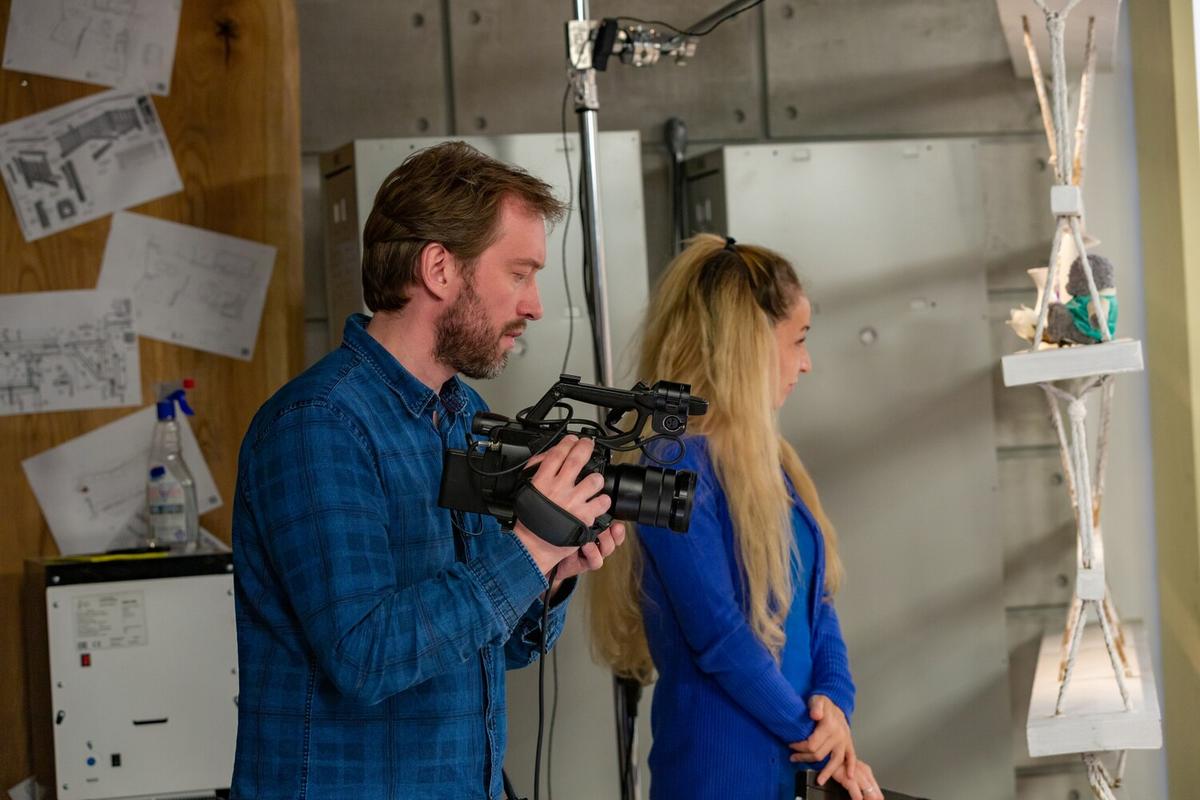
The Art of Storytelling in Videography: Tips for Captivating Videos
Storytelling in videography is more than just a sequence of frames; it’s an art form that connects with audiences on a personal level. By weaving narratives into your videos, you can transform ordinary footage into captivating stories that resonate emotionally and linger in viewers’ minds.
The Power of Storytelling in Videography
Storytelling has been an integral part of human communication for centuries, and videography is no exception. According to a report by HubSpot, videos that tell a compelling story are 22 times more likely to be remembered. This highlights the importance of integrating storytelling elements into your videography projects.
Expert Insights
Renowned filmmaker Christopher Nolan once emphasized, “Every film should have its own world, a logic and feel to it that expands beyond the exact image.” This idea underscores the necessity of creating a cohesive narrative that guides your video project from start to finish.
Essential Elements of Storytelling in Videography
- Character Development: Whether it’s a documentary or a corporate video, developing relatable characters helps viewers connect with the story.
- Conflict and Resolution: A good story needs tension and a resolution, keeping the audience engaged and invested in the outcome.
- Visual and Auditory Elements: Use visuals and sounds to support and enhance the storyline, such as using music to build suspense or highlight emotions.
Actionable Tips for Captivating Videos
- Know Your Audience: Understanding who your viewers are will help tailor your story to resonate with them.
- Plan Your Shots: Storyboarding can help visualize the flow of your story, ensuring a logical progression.
- Use the Rule of Thirds: This classic photography principle can help create balanced and aesthetically pleasing shots.
- Focus on Authenticity: Genuine stories with real emotions tend to resonate more with audiences.
Personal Anecdote
During a recent project, I discovered the impact of storytelling firsthand. A simple interview video transformed when we incorporated the subject’s personal journey, adding depth and relatability to the narrative. The audience engagement and feedback were overwhelmingly positive, demonstrating the power of a well-told story.
Comparison Table: Storytelling Techniques
| Technique | Benefits | Challenges |
|---|---|---|
| Voiceovers | Clarifies narrative | Requires clear script |
| Montage | Condenses time | May lose detail |
| Flashbacks | Provides background | Can confuse timeline |
| Subtext | Adds depth | May be overlooked |
| Symbolism | Enhances meaning | Requires subtlety |
| Music | Evokes emotion | Risk of overpowering |
| Dialogue | Drives plot | Depends on writing |
| Visual Storytelling | Shows, doesn’t tell | Needs strong imagery |
FAQ
What is the role of conflict in storytelling?
Conflict serves as the driving force of a story, creating tension that keeps viewers engaged and interested in the resolution.
How can I make my videography more engaging?
Focus on telling a compelling story with well-developed characters, a clear narrative arc, and visual elements that enhance the storyline.
Conclusion
Incorporating storytelling into videography can transform your content from mere visuals into captivating narratives. By understanding your audience, planning your shots, and focusing on authenticity, you can create videos that not only engage but also leave a lasting impact. Remember, the art of storytelling is about creating connections and sparking emotions in your viewers. So, start crafting your story and watch your videography reach new heights.


